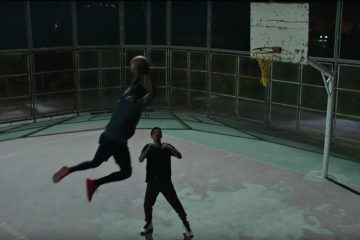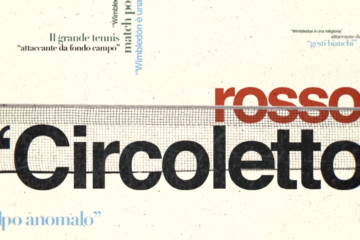The applications of Virtual Reality (VR) and 360° Videos are growing exponentially. Content providers are exploring the huge potential that these new medias have to offer in advertising, games and video production. There are a growing number of devices and platforms such as Oculus Rift, Samsung’s Samsung Gear VR, Playstation VR, Vive HTC, YouTube’s VR channel and Facebook 360. However for VR and 360° Video to be truly immersive, it needs convincing spatial audio, otherwise it can remove you from the sense of immersion.
So how can this be achieved? A great sound team can definitely help and we are ready for the future. We create high quality and high-resolution binaural audio mixes, including elevation and acoustic modelling effects for your 360° video, VR application or game.
Some of the Spatial Audio services that we can offer:
- Recording Location recording of Ambisonic* ambiences, dialogue and FX for 3D sound
- Sound Preparation and optimisation of assets to enhance Spatial Audio mix
- Sound Design Full post-production sound design and soundscape composition
- Spatial Audio Mix High quality and high resolution immersive spatial audio mixes
- Encoding Delivering mixes optimised for almost any audio or surround format
PLEASE PUT YOUR HEADPHONES ON TO WATCH THIS! From Above, experimental 360° short film.
What Exactly Is Spatial Audio?
Simply, it is audio similar to what we experience with surround sound, but it’s designed for headphones. Surround sound, traditionally used in cinemas and home theatre systems, is audio output in which the sound appears to “surround the listener” by 360 degrees. Spatial audio goes a step further. As you move around in a 360-degree video recorded with Spatial Audio, the audio changes with your movements. These sounds will seem as if they are coming from real physical objects in the user’s surroundings.
Spatial Audio: 3D Audio / Binaural Audio / Ambisonics – what’s the difference?
As there are a number of different audio reproduction techniques that allow the perception of audio content in space, the term ‘Spatial Audio’ is now becoming the umbrella term for the various formats – 3D, Binaural and Ambisonic Audio, which is now becoming the preferred format in VR.
The ‘Ambisonic’ format records a full sphere of sound with special ambisonic microphones in a file called B-format, which is then decoded to the listener’s listening setup. This recording technique can enhance the realistic and three-dimensional effect in a Virtual Reality or 360° video environment and is ideal for creating audio for journalism and Cinéma Vérité documentaries.
How Can Spatial Audio Improve My VR Visuals?
A lot of attention has been given to 360° visuals, but spatial audio also plays a prominent role in immersive storytelling. “There are a lot of people making and consuming virtual reality who are wondering why some videos are better than others, and it’s because the sound that’s used in them is immersive as well as the visuals – it makes a massive difference,” said Catherine Robinson, sound supervisor at BBC Research and Development. Robinson continues, ”With VR, you have these amazing 360-degree videos and they look real, but if you are not convinced by the sound, it just draws you out of the immersion.”
How Does It Work?
Spatial audio is a powerful tool that filmmakers can use to control the user’s attention by placing specific sounds in the direction they want audiences to focus on. If the story is only being directed by the visuals, you might miss exactly what you’re supposed to be seeing in order to drive the narrative forward. Just as standard stereo audio can be edited and manipulated on production software, spatial audio too can also be adjusted to help guide the user to the extent of controlling the direction, height and distance from the listener. It’s now possible to take users on a narrative journey while immersing them in a VR environment where they can freely choose how to move, react, and direct their attention.
In the real world, it is fairly easy to focus one’s attention on what you want to hear from many different sounds. However in 360° Videos and VR, it is very difficult to do this in a re-created soundscape, and this is why with Spatial Audio is essential to being able to separate and track in space the audio sources separately. So in the same way that film productions will blend on-set atmospheres and dialogue, these ambisonic recordings are used as a framework to build upon in post production. Sound design, dialogue and music are mixed to deliver a full cinematic Spacial Audio soundtrack.










